How to cure malignant brain tumour? Why two cells from the same organism, in spite of having identical gene set up, have different shape and functions? How small variations in human genes determine changes in the way we think, feel and behave? Answers to such questions are sought by scientists from the new Laboratory of Molecular Neurobiology of the Nencki Institute.
Jul 18th, 2013
Read more
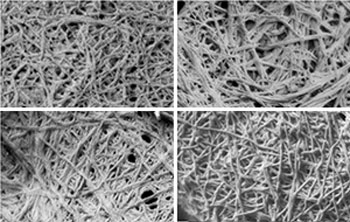 Insight into the mechanism of protein aggregation provides a model system that could lead to treatments for several associated diseases.
Insight into the mechanism of protein aggregation provides a model system that could lead to treatments for several associated diseases.
Jul 17th, 2013
Read more
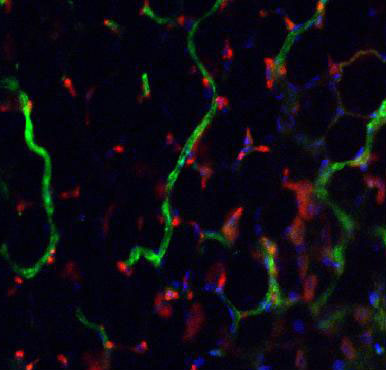 Researchers at Johns Hopkins have coaxed stem cells into forming networks of new blood vessels in the laboratory, then successfully transplanted them into mice. The stem cells are made by reprogramming ordinary cells, so the new technique could potentially be used to make blood vessels genetically matched to individual patients and unlikely to be rejected by their immune systems, the investigators say.
Researchers at Johns Hopkins have coaxed stem cells into forming networks of new blood vessels in the laboratory, then successfully transplanted them into mice. The stem cells are made by reprogramming ordinary cells, so the new technique could potentially be used to make blood vessels genetically matched to individual patients and unlikely to be rejected by their immune systems, the investigators say.
Jul 16th, 2013
Read more
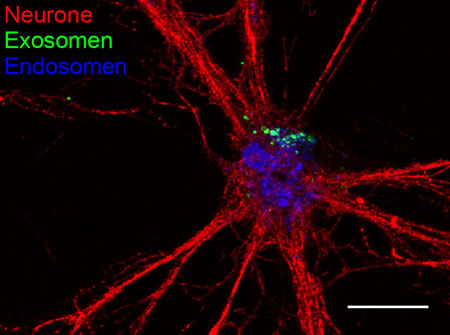 Glial cells send 'care packages' including protective proteins and genetic information to nerve cells.
Glial cells send 'care packages' including protective proteins and genetic information to nerve cells.
Jul 16th, 2013
Read more
New research provides a rare 'picture' of the activity taking place at the single molecular level: visual evidence of the mechanisms involved when a cell transports mRNA (or messenger RNA) to where a protein is needed to perform a cellular function.
Jul 15th, 2013
Read more
Imagine millions of jigsaw puzzle pieces scattered across a football field, with too few people and too little time available to assemble the picture. Scientists in the new but fast-growing field of computational genomics are facing a similar dilemma.
Jul 15th, 2013
Read more
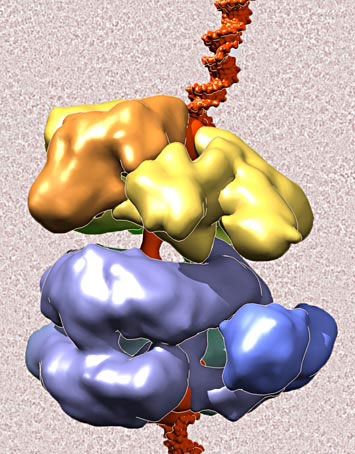 Scientists have captured new details of the biochemical interactions necessary for cell division -- molecular images showing how the enzyme that unwinds the DNA double helix gets drawn to and wrapped around its target. The research may suggest ways for stopping cell division when it goes awry.
Scientists have captured new details of the biochemical interactions necessary for cell division -- molecular images showing how the enzyme that unwinds the DNA double helix gets drawn to and wrapped around its target. The research may suggest ways for stopping cell division when it goes awry.
Jul 14th, 2013
Read more
Tightly packed macromolecules enhance gene expression in artificial cellular system.
Jul 14th, 2013
Read more
By employing next generation DNA sequencing of genomes isolated from single cells, great strides are being made in the monumental task of systematically bringing to light and filling in uncharted branches in the bacterial and archaeal tree of life.
Jul 14th, 2013
Read more
A new GBP10 million Innovation and Knowledge Centre (IKC), that will boost the UK's ability to translate the emerging field of synthetic biology into application and provide a bridge between academia and industry was announced yesterday.
Jul 12th, 2013
Read more
Researchers have developed a technique for the rapid and reliable distinction between strains that can cause chronic infections and those that cannot. Using infrared light and artificial intelligence, the scientists present a sophisticated method for the prediction of disease progression.
Jul 12th, 2013
Read more
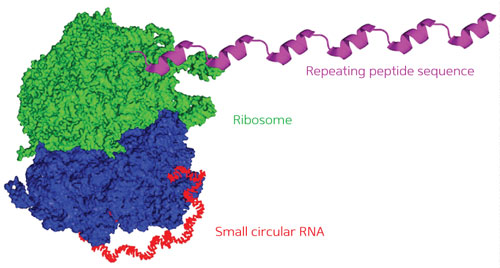 Circular RNA molecules enable researchers to synthesize continuous protein chains from a single template.
Circular RNA molecules enable researchers to synthesize continuous protein chains from a single template.
Jul 12th, 2013
Read more
A novel therapeutic approach prevents dengue virus from reproducing in humans by targeting and silencing key regions of the dengue genome essential for viral replication.
Jul 11th, 2013
Read more
Once all parts of the genome are complete, scientists can design new strains of the yeast Saccharomyces cerevisiae to make products including chemicals, vaccines and biofuels.
Jul 11th, 2013
Read more
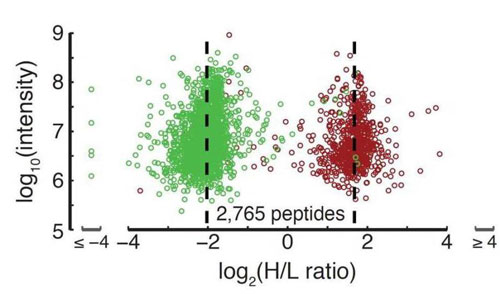 Researchers at Memorial Sloan-Kettering Cancer Center, together with collaborators in Germany, have developed a new method for identifying the cell of origin of intracellular and secreted proteins within multicellular environments.
Researchers at Memorial Sloan-Kettering Cancer Center, together with collaborators in Germany, have developed a new method for identifying the cell of origin of intracellular and secreted proteins within multicellular environments.
Jul 10th, 2013
Read more
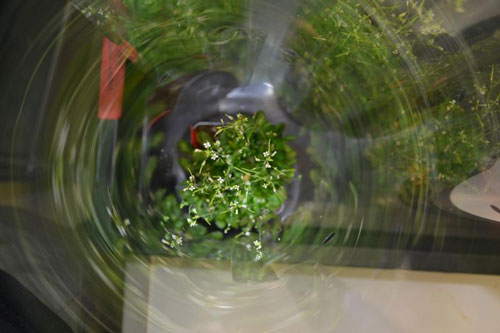 Max Planck and Fraunhofer scientists team up to develop efficient biosynthetic processes for the production of pharmaceutical and industrial ingredients.
Max Planck and Fraunhofer scientists team up to develop efficient biosynthetic processes for the production of pharmaceutical and industrial ingredients.
Jul 10th, 2013
Read more
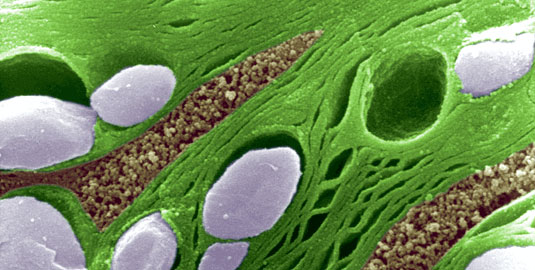 Photosynthesis takes place in specialized membrane systems, made up of stacked disks linked together by unstacked planar leaflets. An LMU team has now identified a protein that tucks the membrane in at the edge of each stack.
Photosynthesis takes place in specialized membrane systems, made up of stacked disks linked together by unstacked planar leaflets. An LMU team has now identified a protein that tucks the membrane in at the edge of each stack.
Jul 10th, 2013
Read more
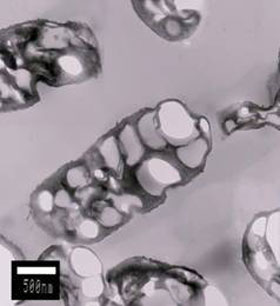 In Bolivia, in the largest continuous salt desert in the world, researchers from the Polytechnic University of Catalonia have found a bacterium that stores large amounts of PHB, a prized polymer. This biodegradable plastic is used by the food and pharmaceutical industries, for example to produce nanospheres to transport antibiotics.
In Bolivia, in the largest continuous salt desert in the world, researchers from the Polytechnic University of Catalonia have found a bacterium that stores large amounts of PHB, a prized polymer. This biodegradable plastic is used by the food and pharmaceutical industries, for example to produce nanospheres to transport antibiotics.
Jul 10th, 2013
Read more

 Subscribe to our Biotechnology News feed
Subscribe to our Biotechnology News feed







